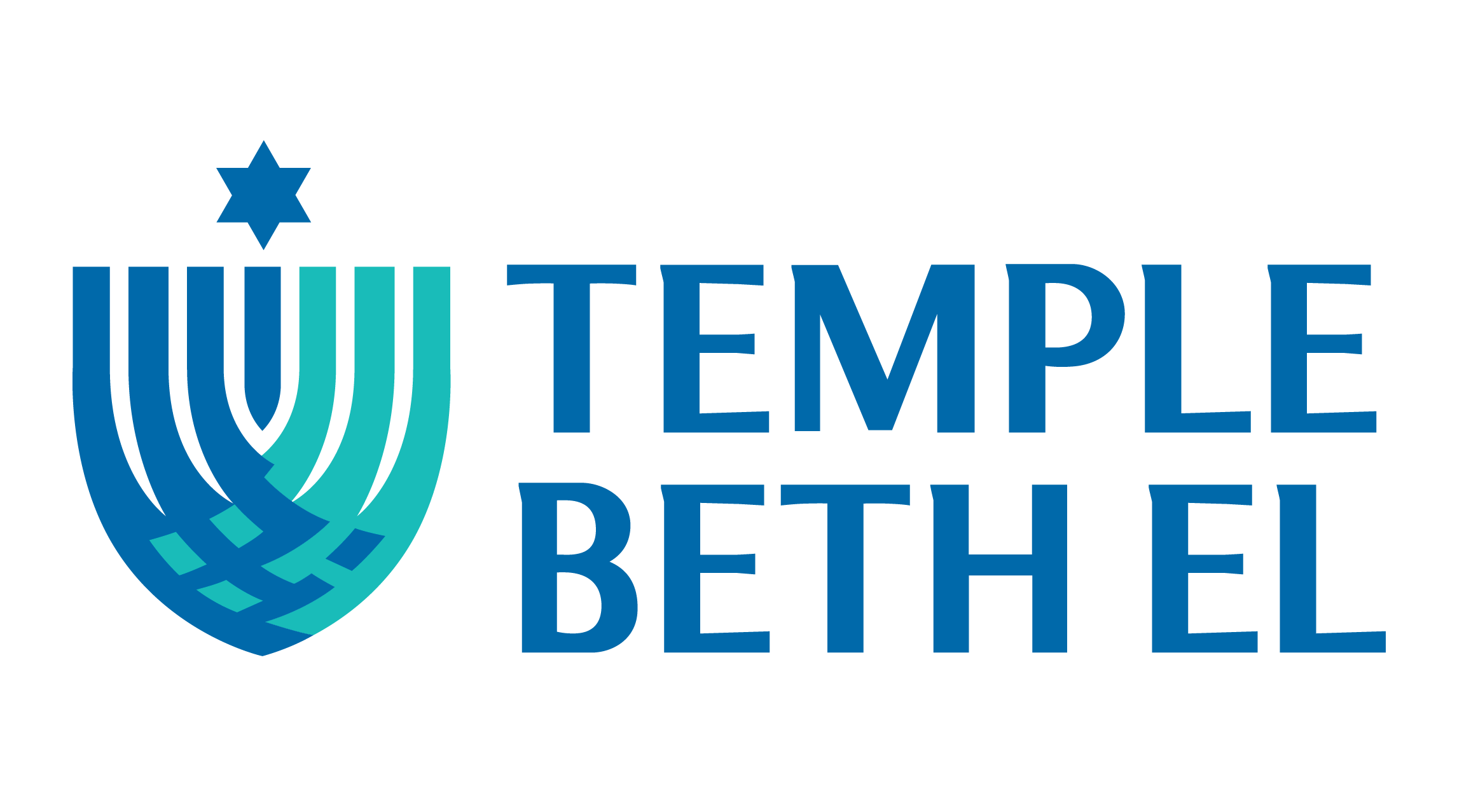In an attempt to divine some order from mid-life chaos, I recently turned to meditation.
The loss of my parents, a health scare and other issues were catalysts, and a supportive sibling facilitated with the gift of a subscription for an iPhone app called “Ananda.”
Most mornings I’ll drag myself out of bed, don headphones and listen in the pre-dawn darkness to a 15-minute guided meditation led by Deepak Chopra, prolific adherent of New Age thought and practice, over a music track of soothing guitar, nature sounds or other-worldly electronic music and/or singing.
Meditation takes practice. Sadly, I remain a rank amateur. With concentration and luck, there might be 30 seconds of each session when the outside world is pushed aside and I am alone, free floating between conscious and unconscious realms, unburdened by monkey-brained thinking about daily life or broader existential concerns.
A brief period of mindfulness may be as much as I can achieve in any given day, but even a few seconds are worth the effort.
During a recent session and while failing to reach a mindful state, it occurred to me how similar meditation is to prayer. Indeed, one could argue that meditation is a form of prayer, and vice versa.
It turns out there is a long-standing, natural connection between meditation and Jewish religious practice. References to meditative practice are common in texts throughout Jewish history. The Talmud describes a group of pious men in ancient times who would meditate for an hour before and after prayer, as a way to elevate their spiritual experience.
In “The Meditation Mitzvah” on tricycle.com, a website dedicated to exploring Buddhism and its broader cultural ties, writer Jon Shorr examines this relationship and its modern resurgence in the Reform Movement.
Until relatively recently, cultural influences obscured the relevance of meditation in their faith from Reform Jews, according to Rabbi Elissa Sachs-Kohen of the Baltimore Hebrew Congregation. “The Reform movement rebelled against the trappings and practices of traditional eastern European Judaism when it took hold in the United States in the 19th century,” she tells Shorr. “(T)he German formality and intellectualism of early Reform Judaism rejected more soulful practices. And… because so many Orthodox rabbis who taught meditative practices died in the Holocaust, those more soulful aspects of Judaism were lost and are only now being rediscovered.”
Today, incorporating meditation and mindfulness into religious practice is “becoming commonplace” among American Jewish congregations, to positive effect, Shorr writes.
At Temple Beth El, you may witness this phenomenon up close. The temple provided a meditation room and special readings during the interlude between morning and afternoon services on Yom Kippur. On Friday nights, our clergy often leads congregants in preparing for Shabbat worship using meditative techniques such as closing eyes, taking deep, cleansing breaths and visualizing peaceful settings.
The idea of Shabbat epitomizes the inherent connections between Jewish religious and meditative practice.
“People feel like they can’t keep up. Trying to do everything faster is not the answer; it just exhausts,” Rabbi Dana Saroken of Congregation Beth El in Baltimore tells Shorr. “Meditation… and other mindful practices are ways for people to create space in their lives in order to be present. God gave us Shabbat to provide, at least for one day, the opportunity to be a human being and not a human doing.”
Achieving mindfulness for me is marked by feeling physically lighter, almost weightless. This is no coincidence. Shedding worldly concerns lightens the spiritual load and brings about a sense of peace, itself a sacred ideal in Judaic thought and liturgy. The Yom Kippur special readings included this teaching from Rabbi Joshua ben Levi:
Great is peace; peace is to the world as leaven is to dough.
And thus we learn: peace is not passivity; a state of restful inertia.
Peace is the fermenting energy, the source of creative and expansive growth.
When there is peace in the world, human talents may blossom and all are enriched.
When there is peace in a family, all members may grow to fulfill their potential.
When there is peace in our soul, we are free to express all the gifts within us.
These lines speak to the enabling power of peace for Jews. The peace achieved through mindfulness yields clarity to make important decisions, set priorities, maximize personal potential and build community.
On my continuing spiritual journey, trying meditation somehow landed me on an ancient road back to Judaism.

Adam Bernstein is a past board president and life-long congregant at Temple Beth El.




